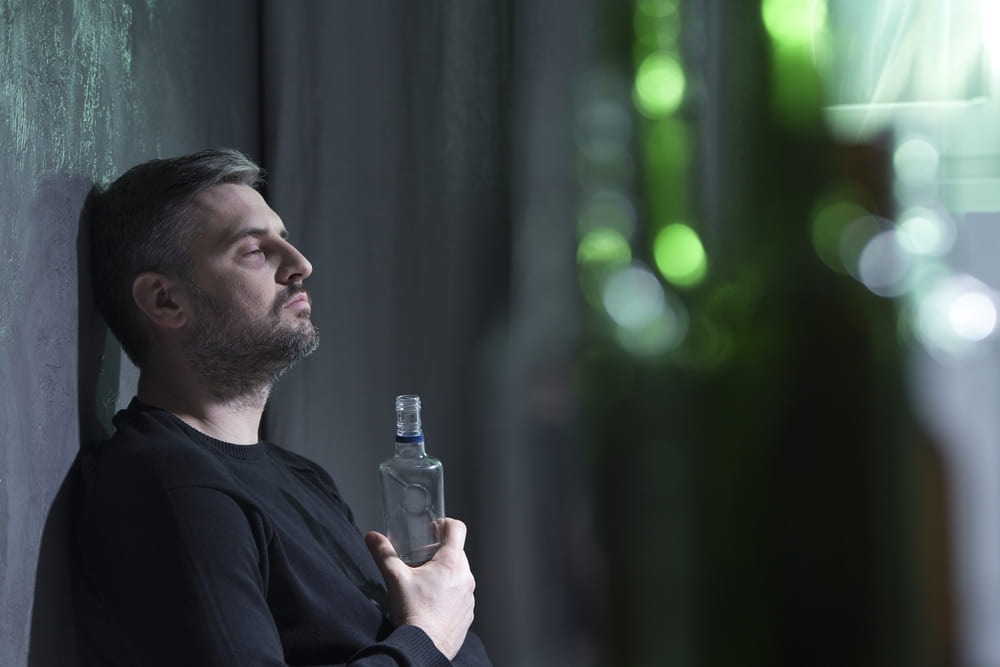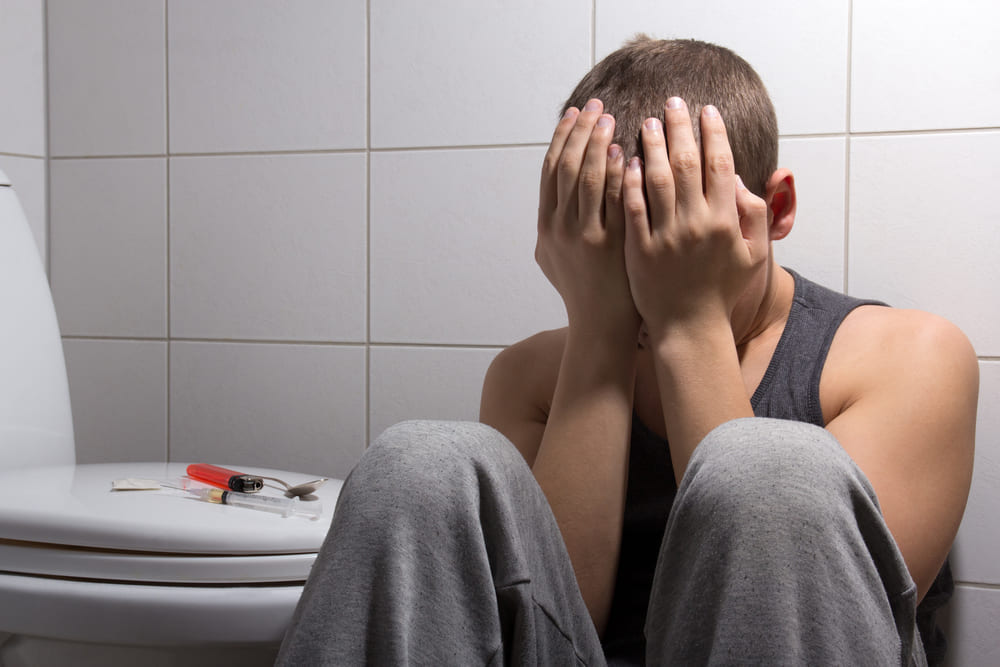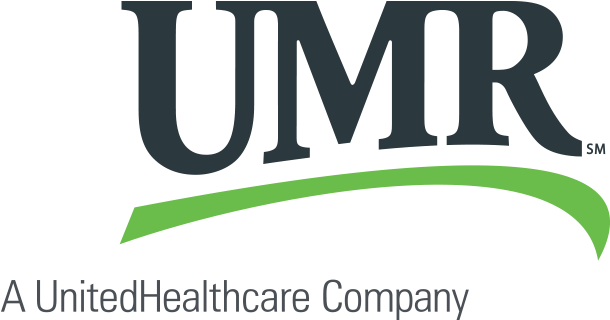Table of Contents
TL;DR:
- Relapse after rehab is common, with 40-60% experiencing it in the first year.
- Relapse rates vary by substance, with higher rates for opioids and stimulants.
- Relapse is a gradual process with three stages: emotional, mental, and physical.
- Common triggers include stress, environmental cues, social pressure, and negative emotions.
- Effective relapse prevention strategies include therapy, support groups, medication, and healthy lifestyle changes.
Addiction is a complex disease that affects millions of people worldwide. It can involve substances like alcohol, opioids, stimulants, and more. Rehab treatment centers offer hope, but recovery is challenging, and relapse can be common.
Knowing how often relapse happens is crucial for anyone affected by addiction. By exploring statistics, causes, and prevention strategies, we can better navigate addiction and promote lasting recovery.
So, just how many people relapse after rehab? Let’s find out.
Relapse Rates After Rehab
When it comes to addiction recovery, the journey is rarely a straight line. Relapse, unfortunately, is a common occurrence. Research suggests that a significant percentage of individuals who complete rehab will experience a relapse at some point.
What Percentage of Addicts Relapse?
The National Institute on Drug Abuse (NIDA) reports that 40-60 percent of addicts relapse in the first year after treatment. This percentage is close to relapse rates for other chronic diseases like diabetes, hypertension, and asthma.
Variation by Substance
Relapse rates can vary by substance. A higher percentage of drug addicts relapse with opioids and stimulants due to the strong changes these substances cause in the brain. This makes it harder to stay sober.
Relapse Rates Over Time
The risk of relapse is highest within the first year after treatment. However, this risk gradually decreases over time as individuals:
- Strengthen their coping skills.
- Build support systems.
- Solidify their commitment to sobriety.
Relapse is Common, not a Failure
It’s important to understand that relapse is a common part of recovery and doesn’t mean failure. It’s a setback, but it can also be a valuable learning experience. It can offer insights into triggers and where more support is needed.
How Many People Never Relapse?
Accurate statistics on those who never relapse is hard to find, but long-term recovery is possible for many. In fact, 75% of people recover from addiction.
With the right support, strategies, and commitment, individuals can overcome addiction and live fulfilling substance-free lives.
What is Drug Relapse? Understanding the Cycle
In addiction recovery, relapse means returning to substance use after a period of abstinence. It’s a complex issue, often caused by a mix of factors.
Stages of Relapse
Relapse is usually a gradual process that happens in stages, not a sudden event.
1. Emotional Relapse
In this first stage, individuals experience emotional and behavioral changes. They may feel more stress, anxiety, and isolation, or struggle to manage emotions. They might neglect self-care, withdraw from support systems, and romanticize past substance use.
2. Mental Relapse
At this stage, the internal struggle grows stronger. Individuals may have cravings, deny or bargain, and start planning to use substances. They might downplay the consequences of relapse and convince themselves they can control their use.
3. Physical Relapse
This final stage involves returning to substance use. It often begins with a seemingly harmless slip, which can quickly escalate into a full relapse if not addressed promptly.
Common Triggers for Relapse
Various triggers can push individuals through the stages of relapse. Some of the most common triggers include:
- Stress: High levels of stress from work, relationships, or other life challenges can overwhelm coping mechanisms. This can lead to a desire to self-medicate with substances.
- Environmental Cues: Places, people, or situations linked to past substance use can trigger cravings and memories, making it hard to resist the urge to use.
- Social Pressure: Being around people who use substances or feeling pressured to fit in can weaken resolve and increase the risk of relapse.
- Negative Emotions: Unresolved trauma, grief, depression, or anger can cause emotional turmoil. This may make individuals want to numb their feelings with substances.
Understanding these triggers and stages of relapse can help individuals spot warning signs and take steps to prevent a full relapse.
Seeking support from therapists, support groups, and loved ones is crucial for navigating these challenges and staying on the path to recovery.
How Often Do Addicts Relapse?
The frequency of relapse varies for each person. Some may relapse once during recovery, while others may relapse multiple times.
The stages of relapse can also differ in speed. Some people move through them quickly, while others may stay in one stage longer.
Preventing Relapse: Strategies for Long-Term Recovery
The period after leaving rehab is crucial for maintaining recovery. Continued support and aftercare services are vital for reinforcing skills and strategies learned in rehab, addressing ongoing challenges, and preventing relapse.
Evidence-Based Relapse Prevention Strategies
Several proven strategies can help individuals prevent relapse:
Therapy
Therapy offers a safe space to:
- Explore the causes of addiction.
- Develop coping mechanisms for triggers.
- Build healthy habits.
Cognitive Behavioral Therapy (CBT), Dialectical Behavior Therapy (DBT), and Motivational Interviewing (MI) are effective approaches for preventing relapse.
Support Groups
Joining support groups like Alcoholics Anonymous (AA), Narcotics Anonymous (NA), or SMART Recovery provides community, accountability, and encouragement. These groups offer a space to share experiences, receive support, and learn from others in recovery.
Medication-Assisted Treatment (MAT)
MAT can be a valuable tool in preventing relapse. It combines medication with counseling and behavioral therapies to address both the physical and psychological aspects of addiction.
Lifestyle Changes
Creating healthy habits can greatly reduce the risk of relapse. Regular exercise, proper nutrition, adequate sleep, and stress management techniques all contribute to better well-being and resilience.
While external support and resources are essential, an individual’s commitment and motivation are crucial for long-term recovery. This means actively participating in treatment and taking personal responsibility for choices and actions.
Finding Support
Remember, relapse is not a failure; it’s an opportunity for growth and learning. Don’t let a setback discourage you or derail your progress.
If you or someone you love is struggling with addiction, reach out for help.
At Infinite Recovery, we offer comprehensive treatment programs, aftercare services, and a supportive community to guide you on your journey to lasting recovery.
Take the first step today and contact Infinite Recovery to learn more about how we can help you achieve a fulfilling life free from addiction.

















